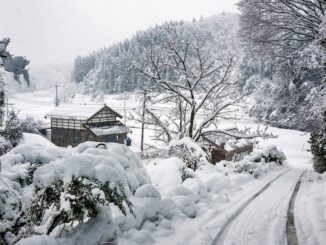
Dramatic year in Noto
We promised them. Zoom Japan went back to see the inhabitants of the peninsula. The Nanao train line, which was damaged by the violent 7.6 […]

We promised them. Zoom Japan went back to see the inhabitants of the peninsula. The Nanao train line, which was damaged by the violent 7.6 […]
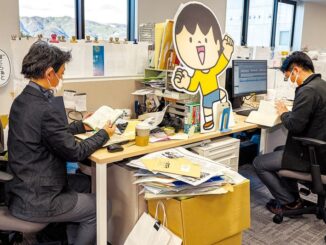
Faced with numerous difficulties, the Kochi Shimbun is not giving up and is seeking a way froward. The Kochi Shimbun Headquarters is inside a modern-looking […]
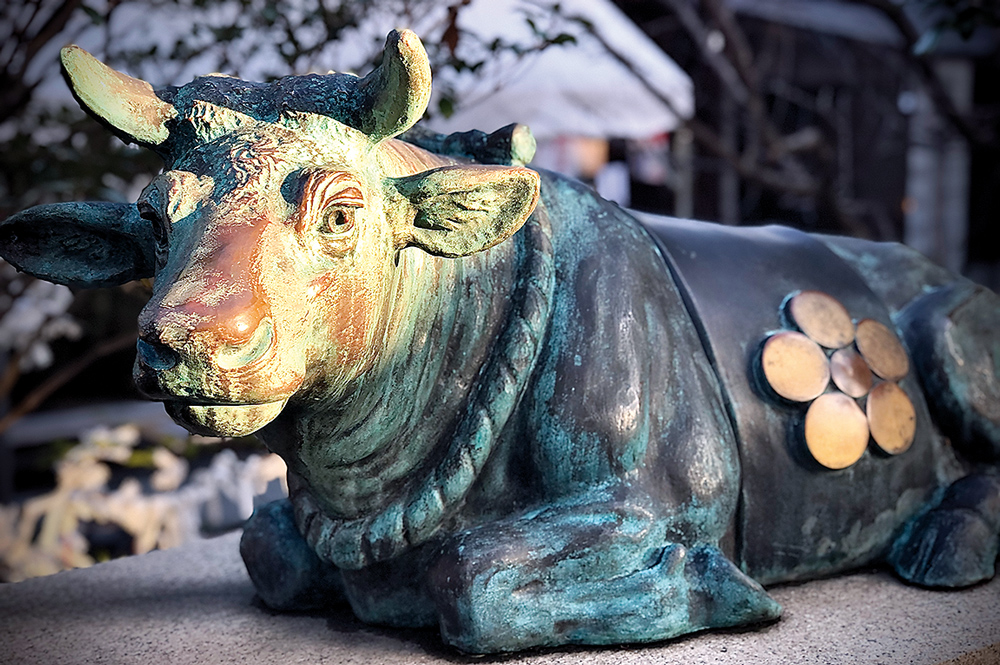
© Eric Rechsteiner Sugawara-in shrine, Kyoto In Chinese astrology, 2021 is the year of the ox (buffalo), what’s more, it’s an ox made of metal. […]
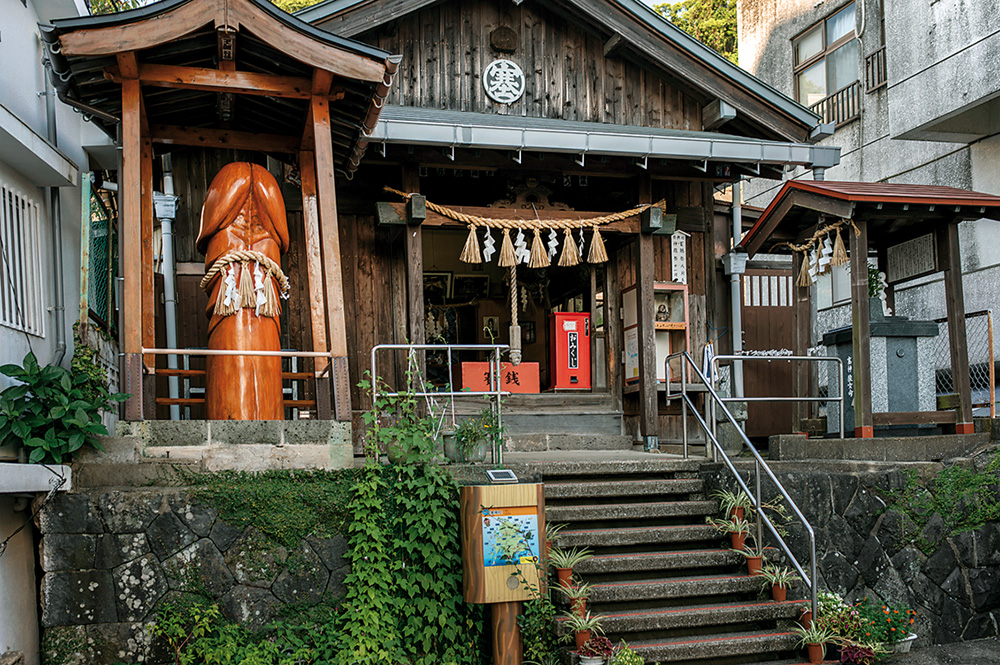
© Eric Rechsteiner Sai Shrine, Ikijima, Nagasaki Prefecture More than any other country in the world, Japan needs places like this shrine dedicated to fertility […]
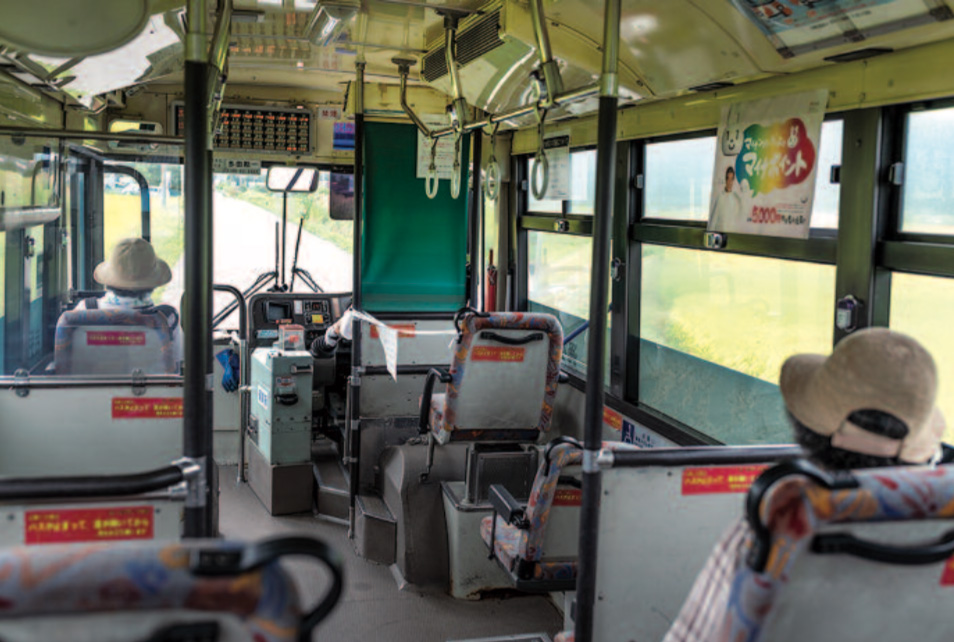
© Eric Rechsteiner Tono, Iwate Prefecture The city of Tono, in the northeast of the Archipelago, is the centre of hop production in Japan […]
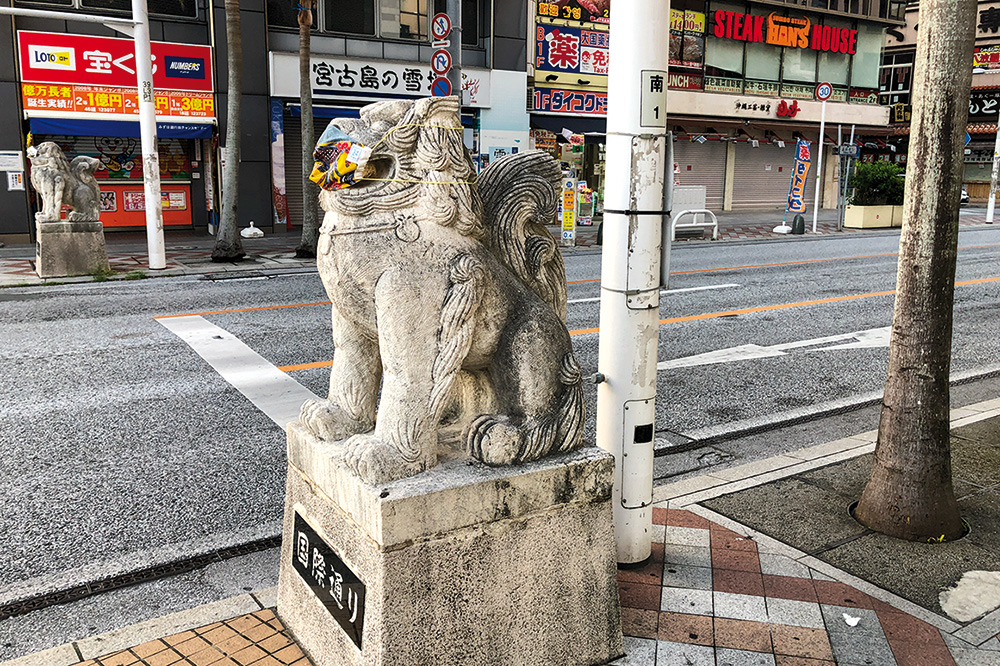
© Eric Rechsteiner Naha city, Okinawa Prefecture The spring of 2020 will be remembered by the Japanese as a period during which they found […]
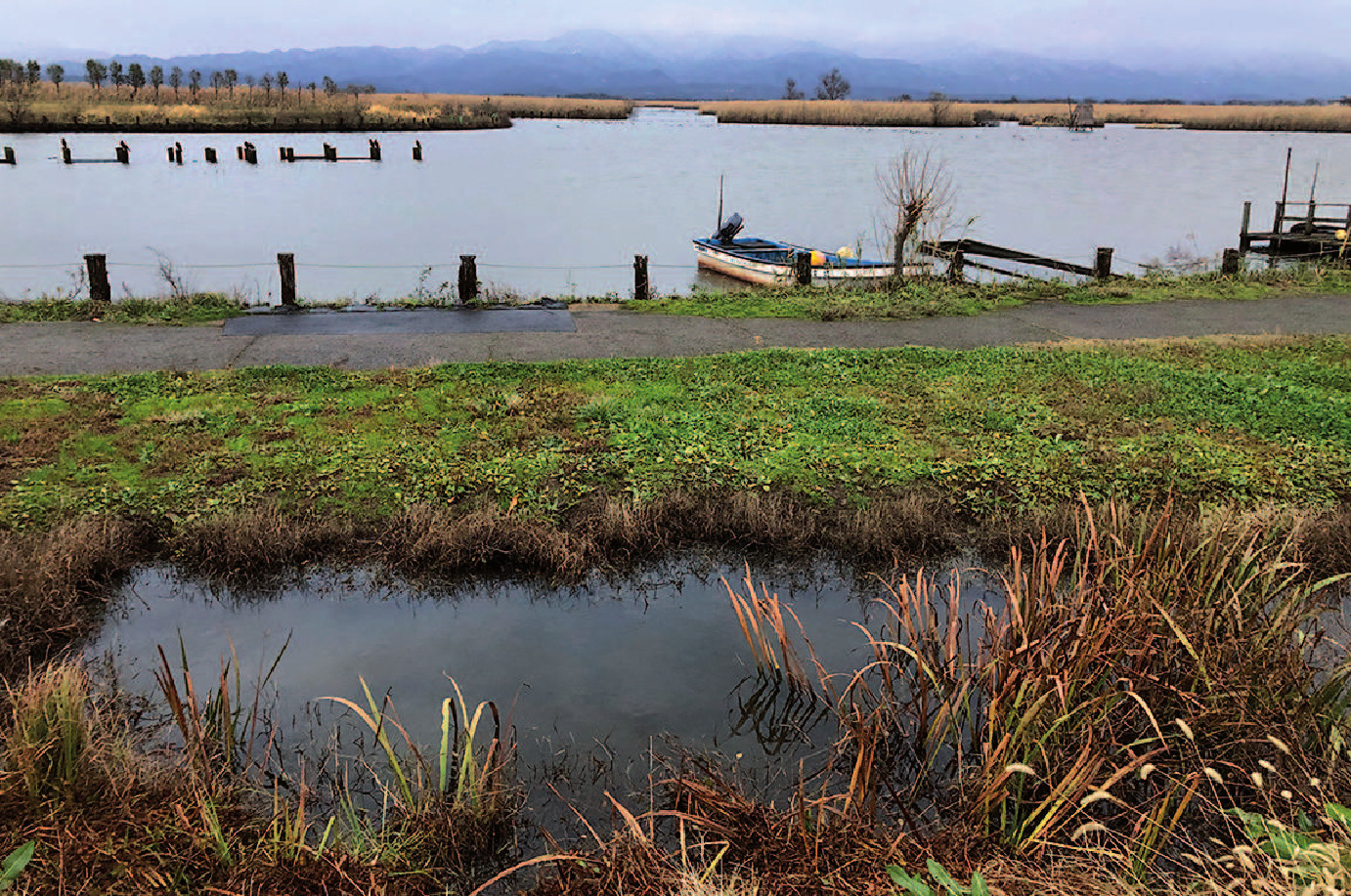
© Eric Rechsteiner Fukushimagata Nature Education Garden, Niigata Niigata, the main city of the prefecture which bears the same name, is one of those […]
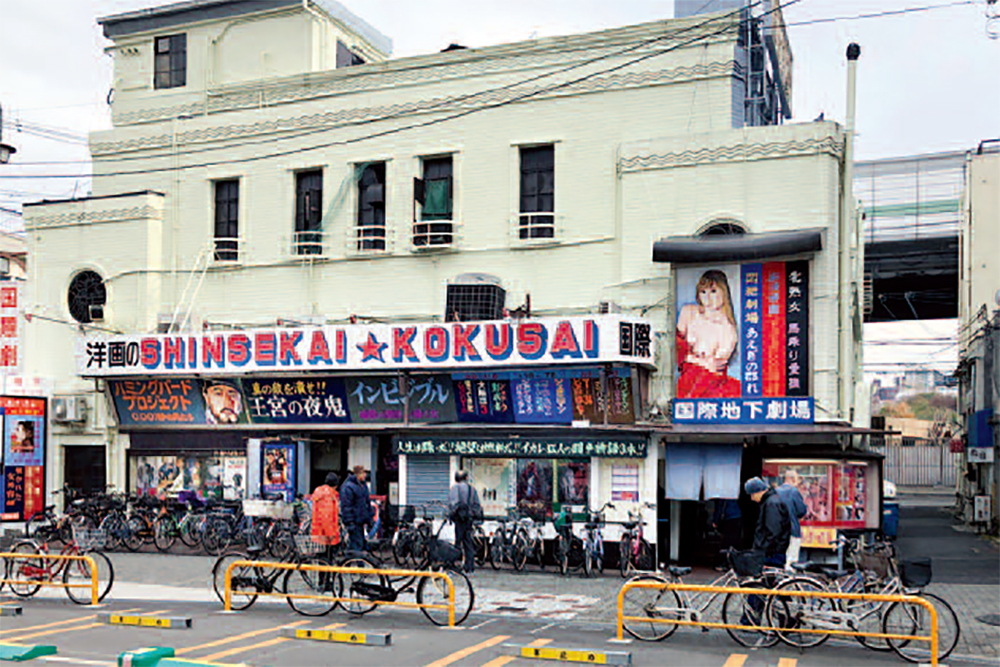
© Eric Rechsteiner Shinsekai, Naniwa, Osaka A veritable institution in the picturesque district of Shinsekai, in Osaka, the Kokusai Gekijo is famous for its […]
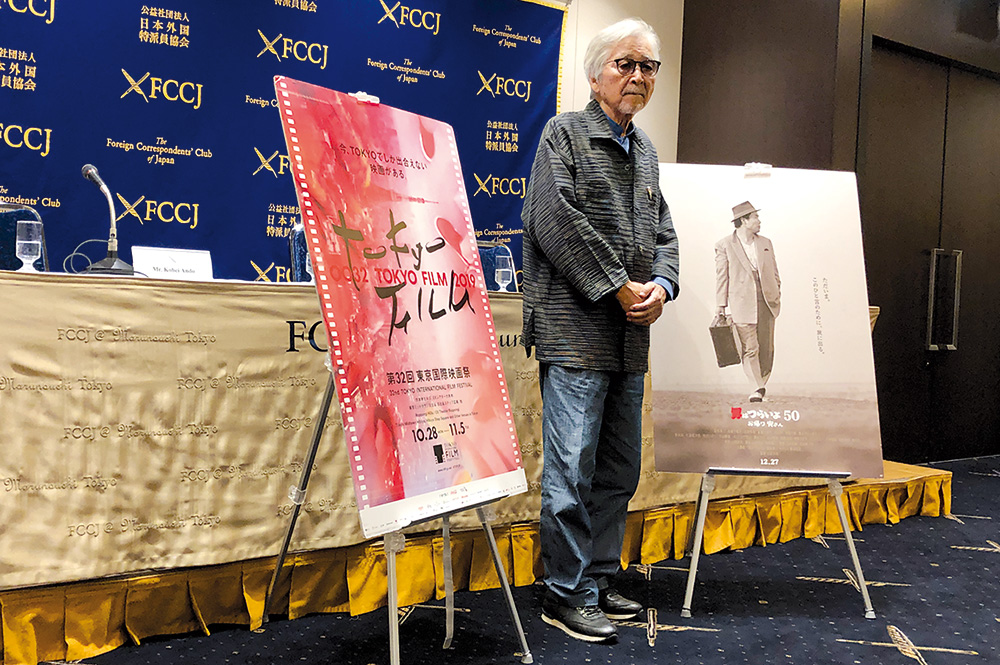
© Eric Rechsteiner Yurakucho, Chiyoda district, Tokyo The 88-year-old film-maker YAMADA Yoji (see Zoom Japan no.30, April 2015) is one of the most popular […]
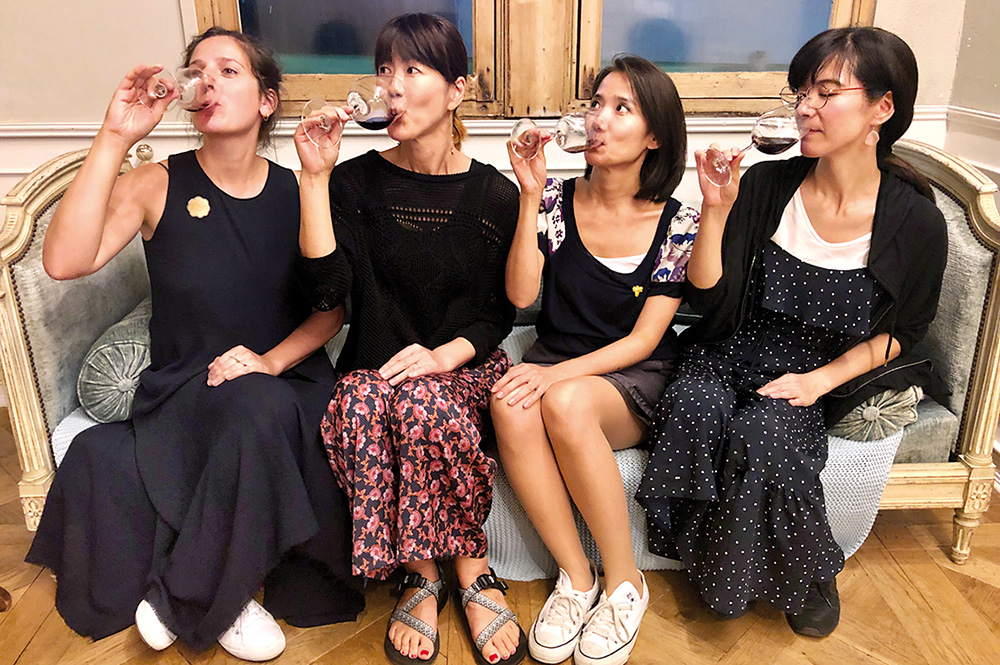
© Eric Rechsteiner Jiyugaoka, Meguro-ku, Tokyo In the past few years, one of the most popular of the many activities enjoyed by young Japanese […]
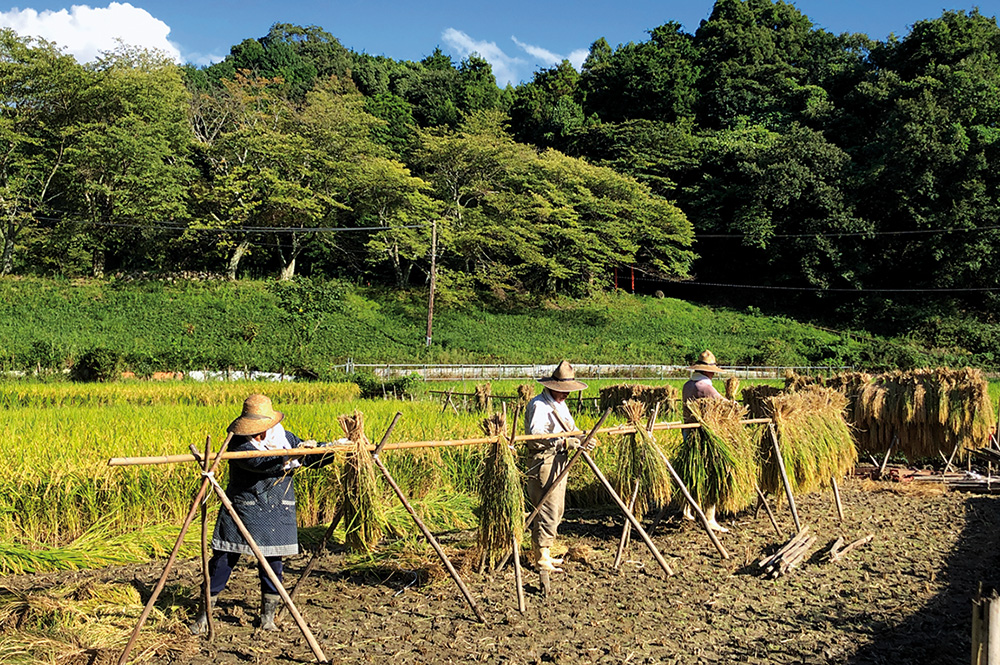
© Eric Rechsteiner POLITICS Abe’s cabinet reshuffle anxious to speed up reform of japan’s pacifist constitution, aBe shinzo reshuffled his government on 11 september […]
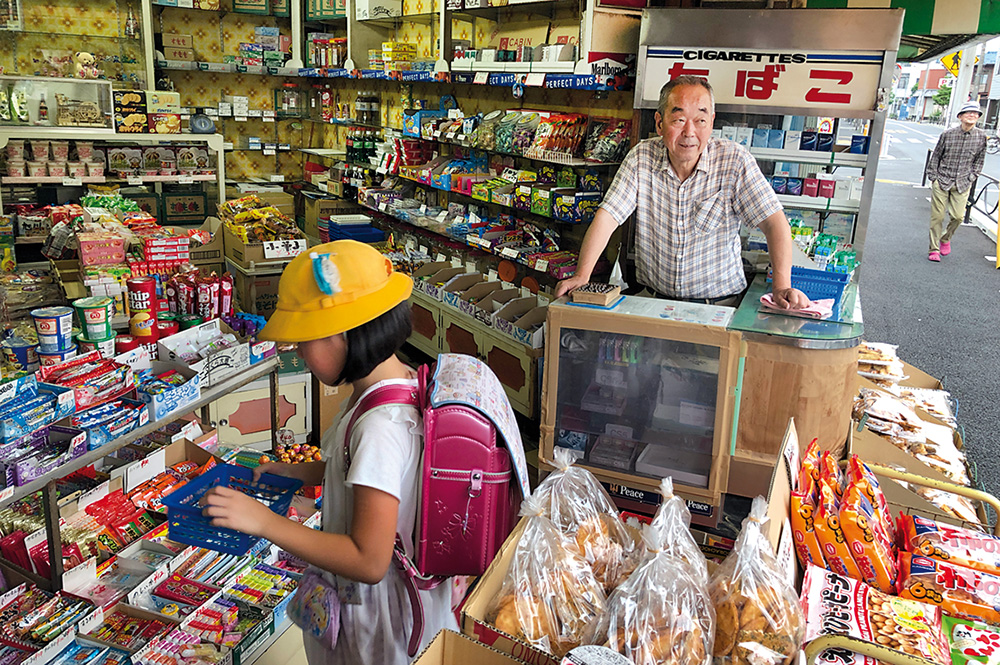
© Eric Rechsteiner Shibamata, Katsushika district, Tokyo Often in competition with konbini (convenience stores), mini-markets that open 24/7, small independent neighbourhood shops are finding […]
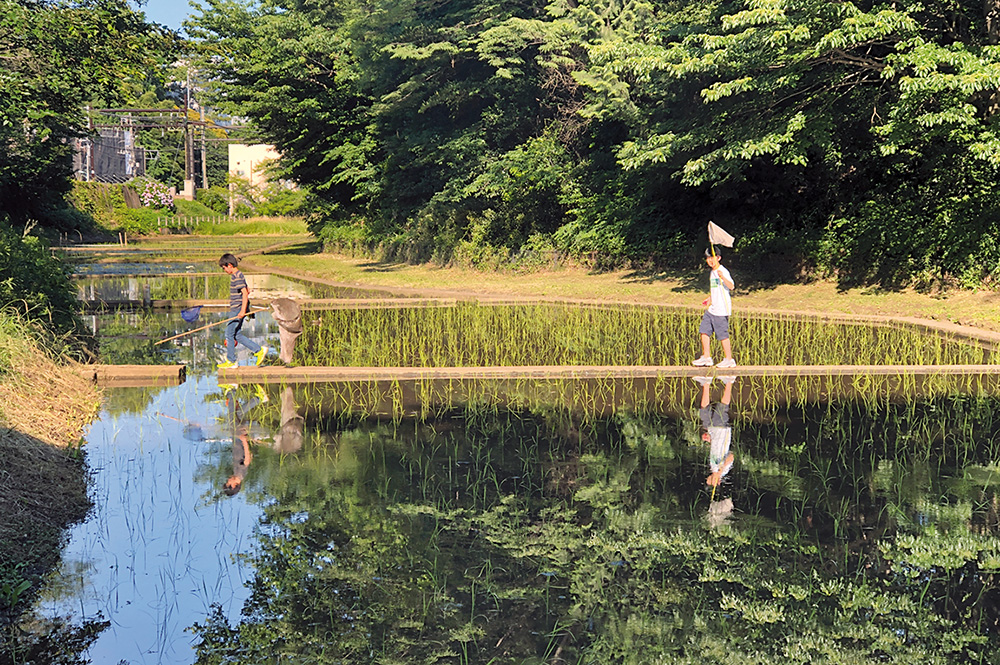
© Eric Rechsteiner Komaba park, meguro district, Tokyo With the approach of the summer holidays, one of the preferred activities of young Japanese people […]
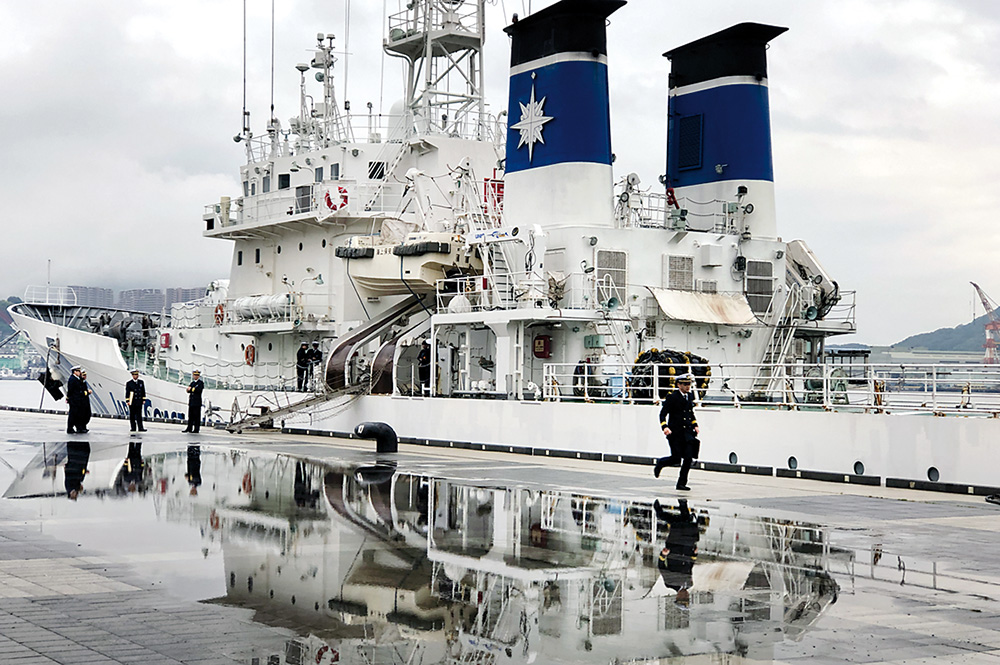
© Eric Rechsteiner Port of Nagasaki, Kyushu island. This picture of a Japanese officer running by a coastguard ship illustrates in its own way the […]
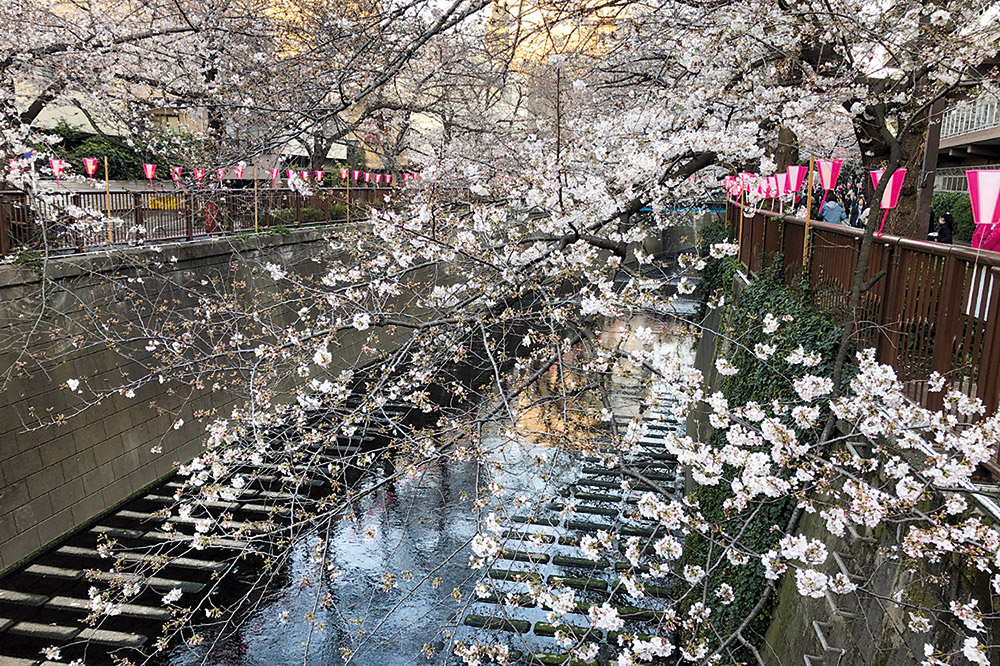
© Eric Rechsteiner Nakameguro river, Tokyo It’s a sight one never tires of. Every year, at the same time, the capital’s cherry trees show off […]
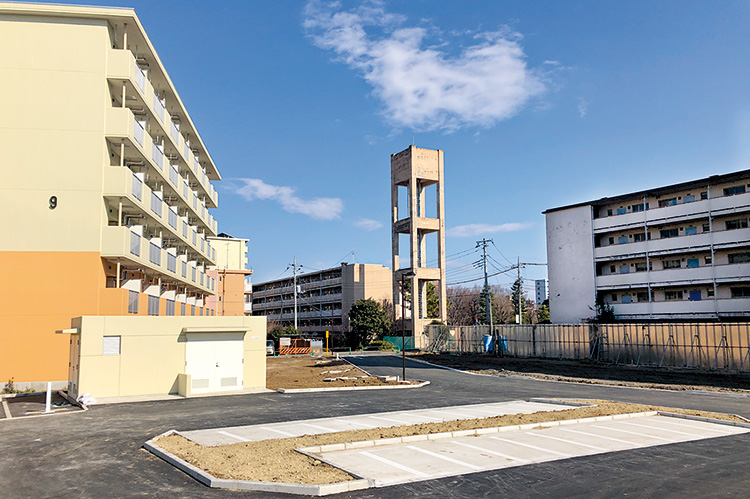
Sangenjaya, Setagaya district, Tokyo © Eric Rechsteiner Social housing architecture in Japan has not changed much over the years, as testified by these buildings […]
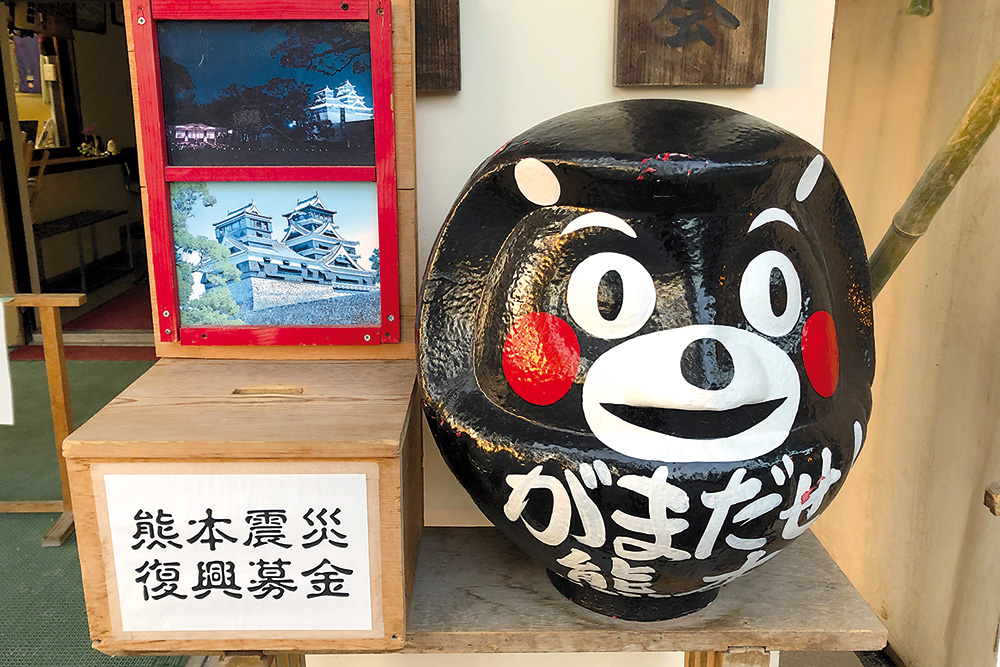
Kato Shrine, Kumamoto city © Eric Rechsteiner To devote an issue to Kumamoto Prefecture without mentioning Kumamon would be like talking about Paris without referring […]
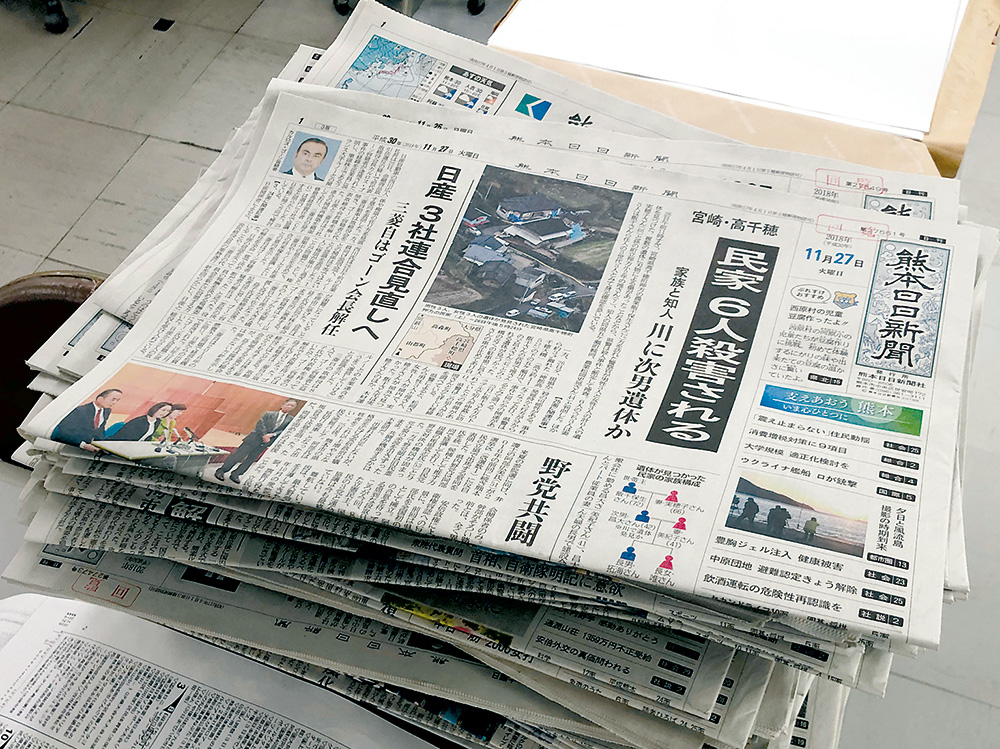
Almost half the households in the prefecture subscribe to Kumamoto Nichinichi Shimbun. Well-established in the region, the Kumamoto Nichinichi Shimbun vigorously defends its local […]
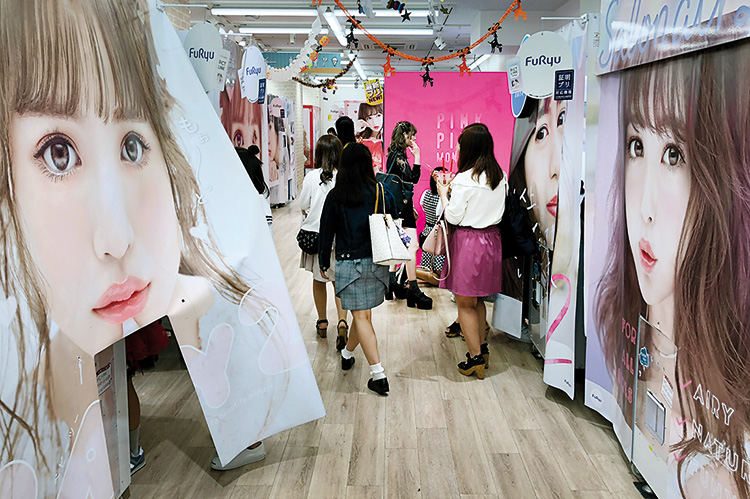
Since they were launched in 1995, the popularity of purikura hasn’t waned. These “Print Clubs” developed by Altus and Sega continue to attract numerous fans, […]
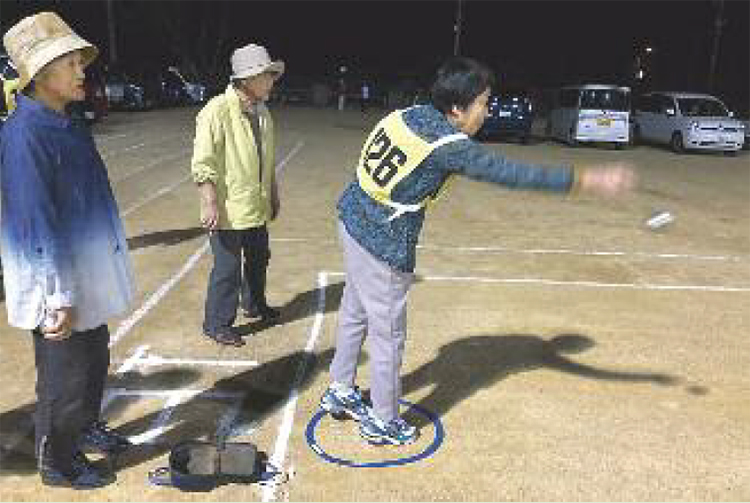
© Eric Rechsteiner Night has fallen and people are gathering in this carpark to take part in a nocturnal game of petanque. This sport is […]
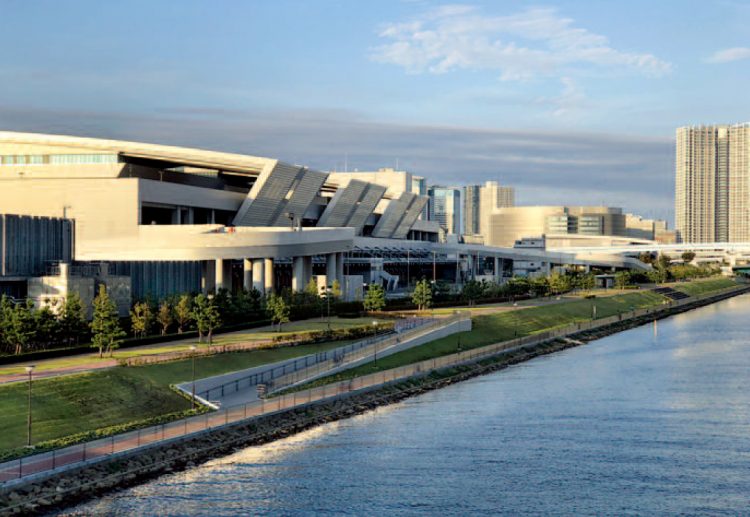
the world-famous tsukiji Fish market has closed down to make space for redevelopment linked to the olympic Games. it has moved into more modern premises […]
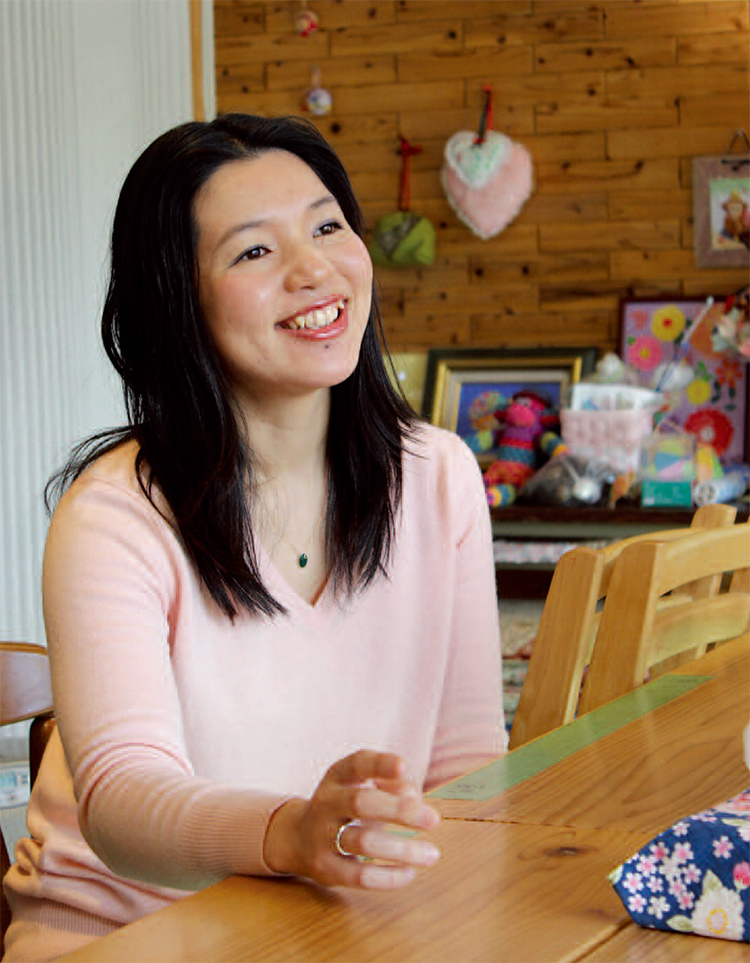
After arriving in Niigata as a volunteer a few days after the tragedy of 11 March 2011, Nishimura Mayumi decided to live here. The tsunami […]
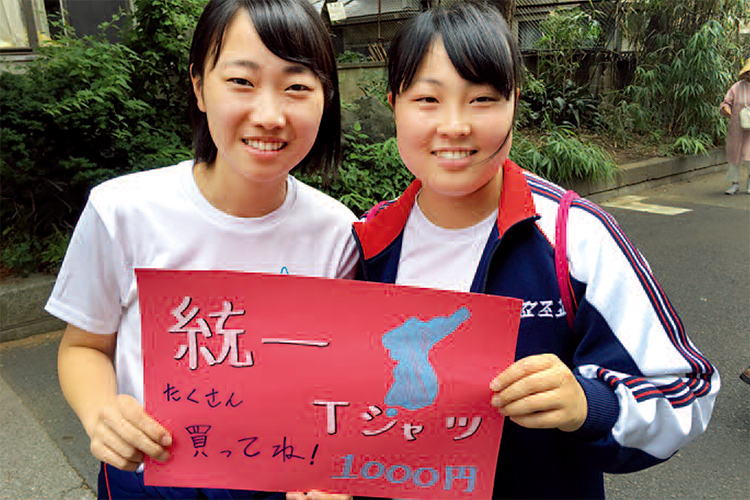
The detente between North and South Korea since the beginning of 2018 has aroused contrasting reactions in Japan. though the Japanese government remains very suspicious […]
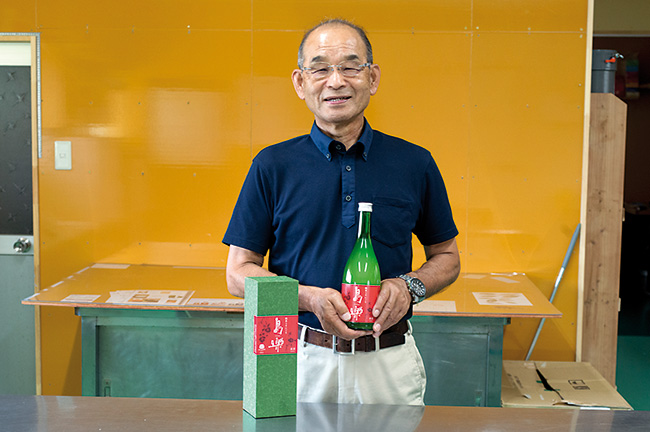
Mr Tateishi, president of the Tomie chamber of commerce, proudly displays a bottle of the Goto Islands’ only Toraku (島楽), whose production is largely due […]
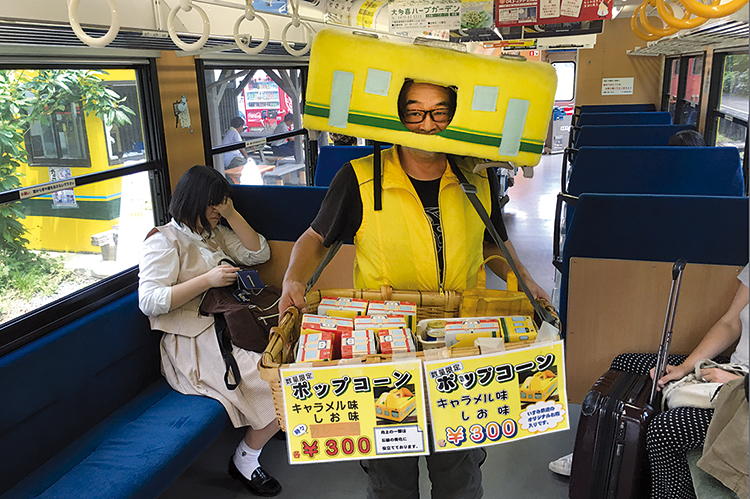
While in some regions, notably Hokkaido, railway lines that are considered unprofitable are being closed down, elsewhere there are attempts to keep them going. Such […]
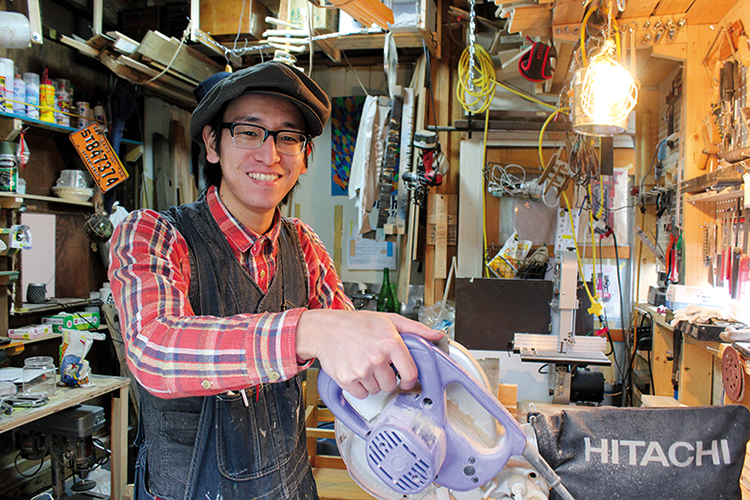
Not wanting to be shut up in an office, this young entrepreneur chose a career in recycling. By creating Geppi Kosaku-sha, Yamauchi Takeshi has found […]
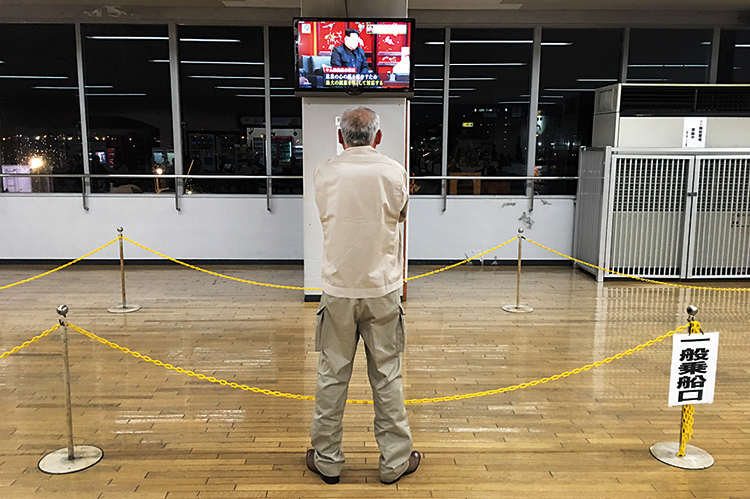
Korea is only around three hours away by boat from Fukuoka, and everything that’s happening on the other side of the Straits of Korea and […]
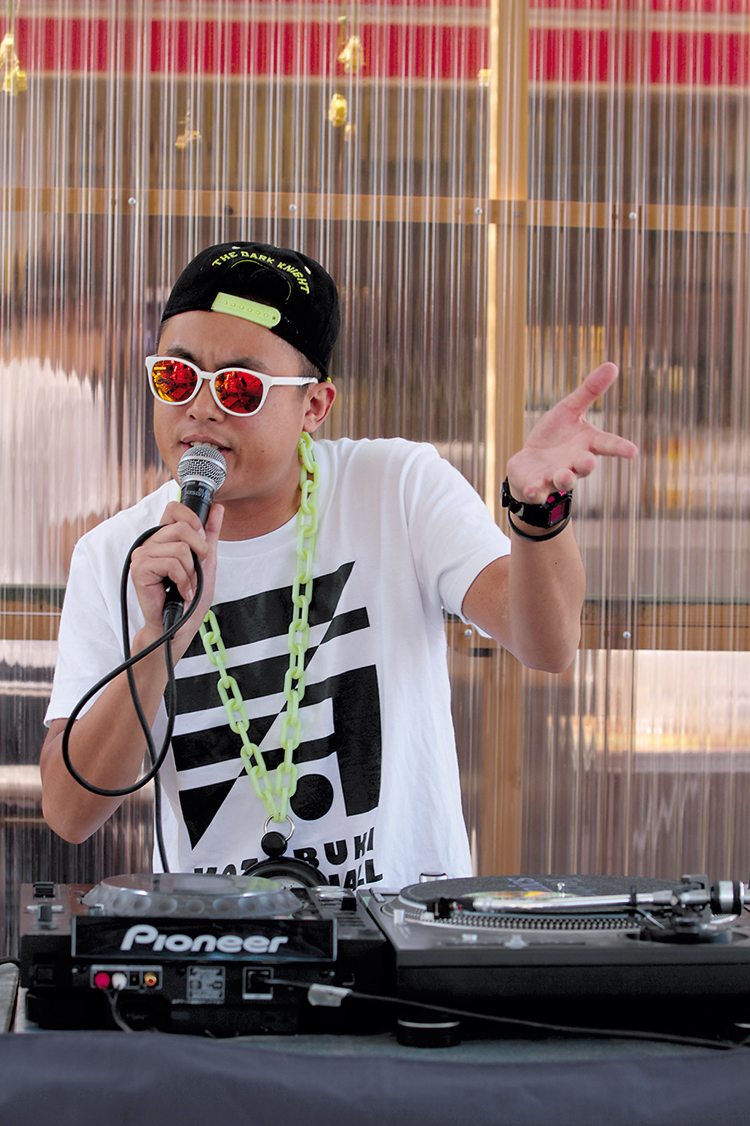
Gakudan Hitori, aged 30, has found his life has been enriched by choosing to place music at its heart. Since the age of 15, Gakudan […]
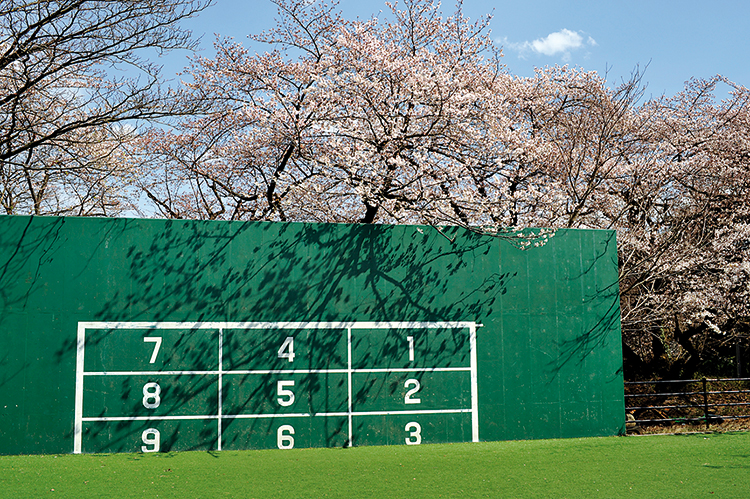
Springtime might be synonymous with cherry blossom, but it’s also the start of the academic year for schools and universities, as we see here at […]
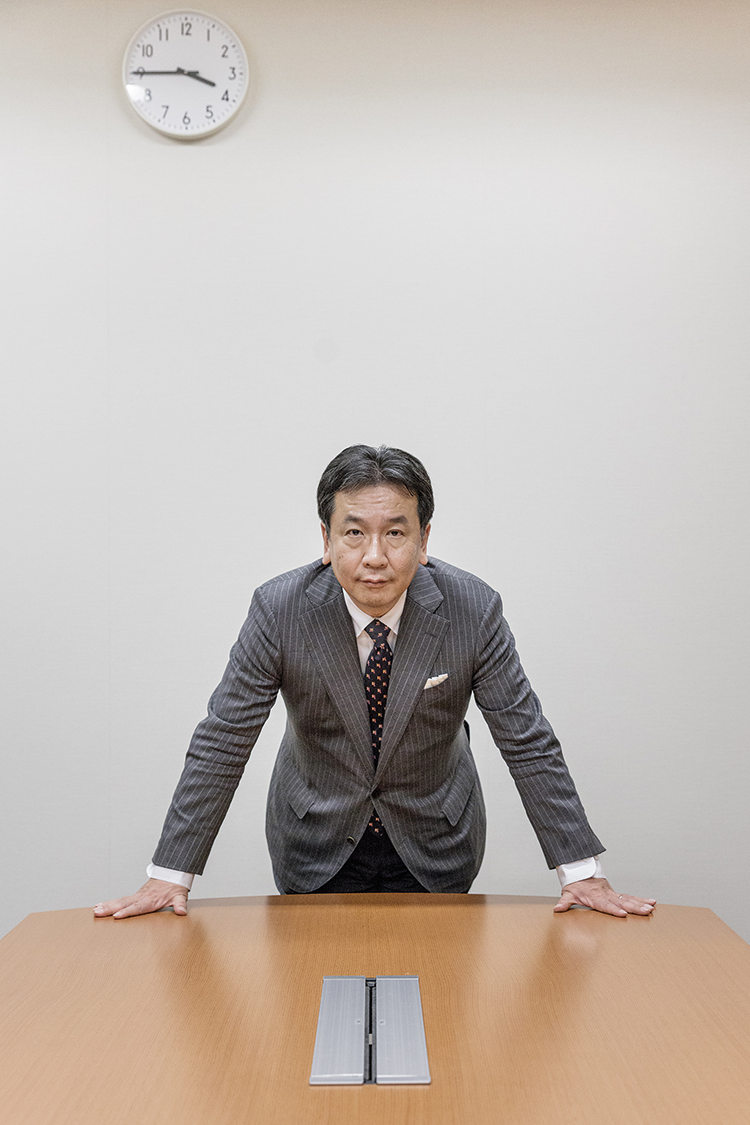
As leader of the main opposition party, the former minister dreams of changing the rules governing the country. Edano Yukio (53), is president of the […]
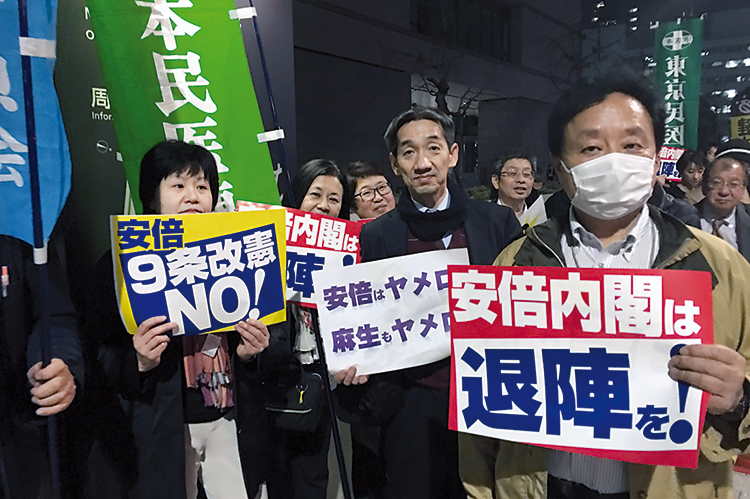
© Eric Rechsteiner The newspaper revelations about the falsification of official documents in which the names of politicians have appeared, including that of Prime Minister […]
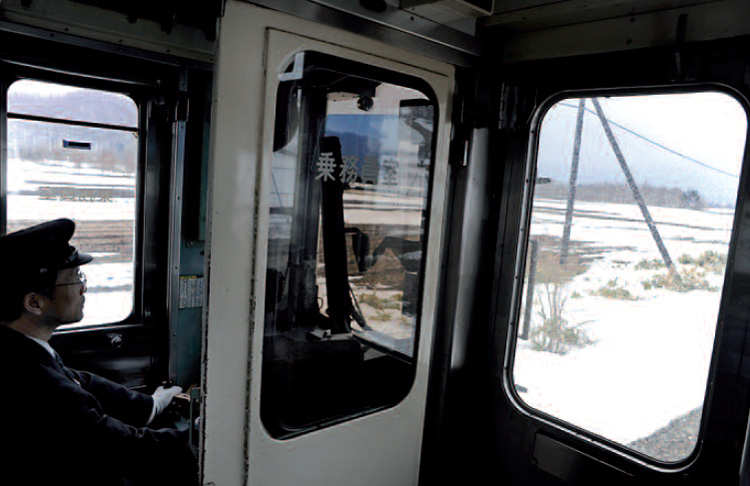
© Eric Rechsteiner JR Senmo Line, between abashiri and kushiro This is one of the most pleasant railway journeys in Hokkaido. After leaving Abashiri, […]
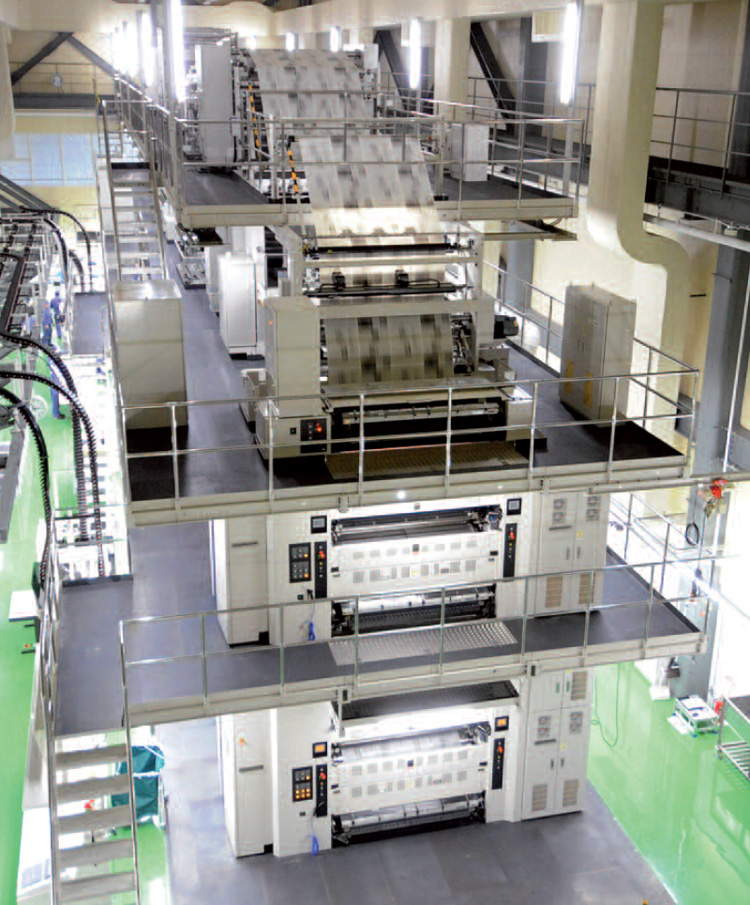
The competitive selection process for Hokkaido Shimbun journalists is among the toughest in the profession. The Hokkaido Shimbun is the leading daily newspaper on […]

© Eric Rechsteiner Nakagyo Ward, Kyoto Opened in 2006 in part of a former primary school, the Kyoto International Manga Museum aims to demonstrate […]

Though the Japanese attach great importance to autumn colours in Japan, notably the leaves of the trees transforming the forests into vast firework displays, […]

Aged 29, Furusato Hiromi has chosen to stay in Ishinomaki where she can indulge her passion. Since the earthquake in March 2011, many people […]
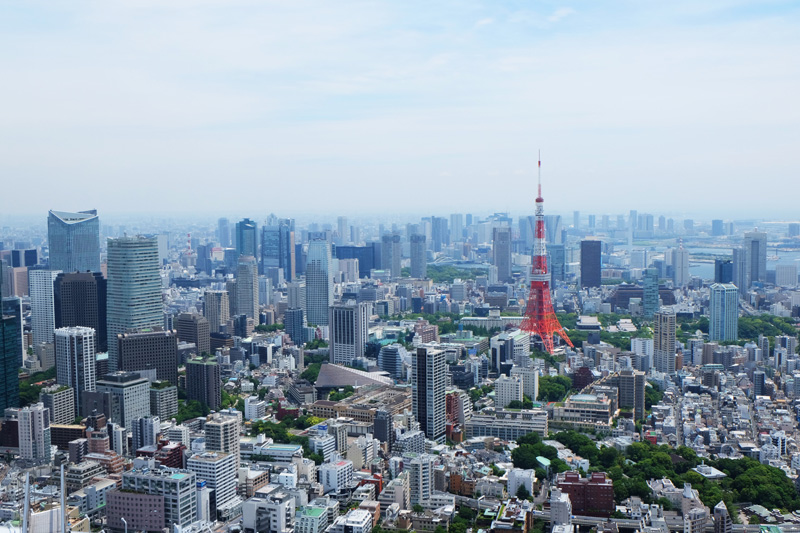
The confidence of japan’s large industrial groups reached a ten year high in september, according to the Bank of japan’s quarterly “tanken” survey, which is […]
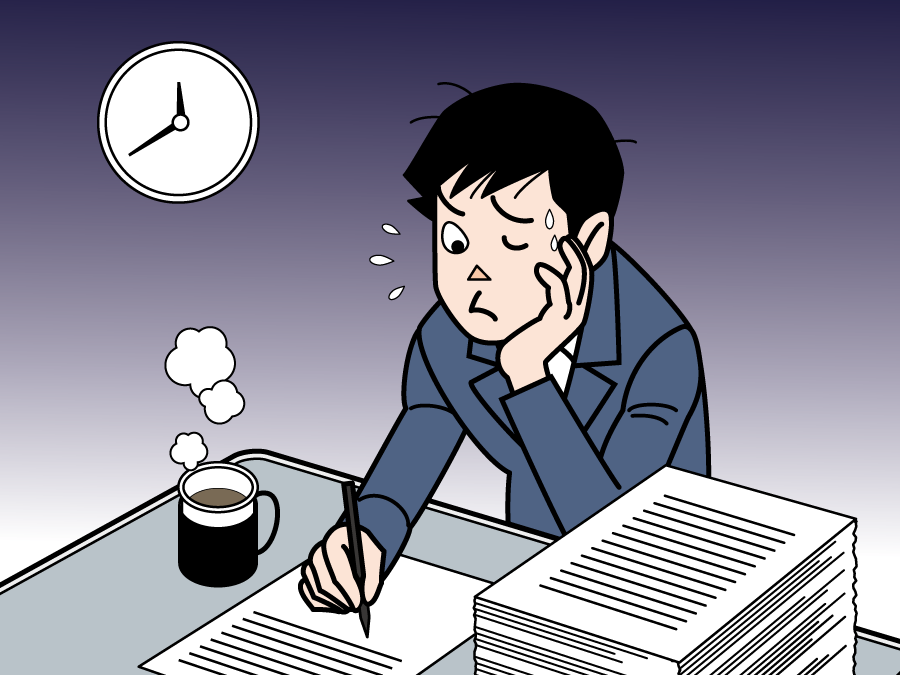
The number of cases of death from excess work (karoshi) have not come to an end. on october 6th, it was announced that a journalist […]
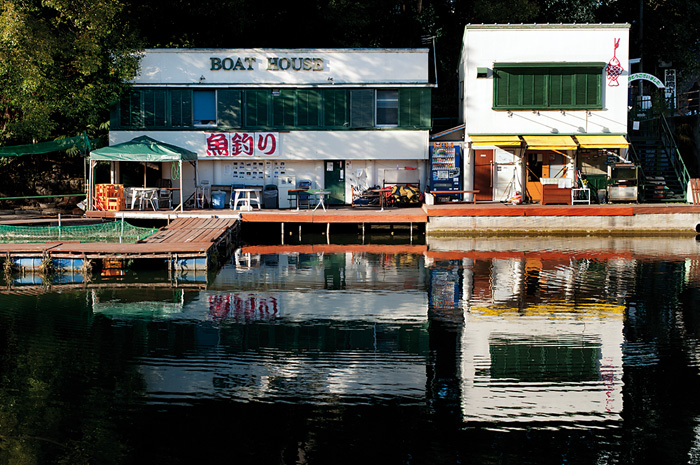
It’s quite evident that the Japanese like eating fish. But many of them also like to fish, and not just in the countryside. In Tokyo, […]
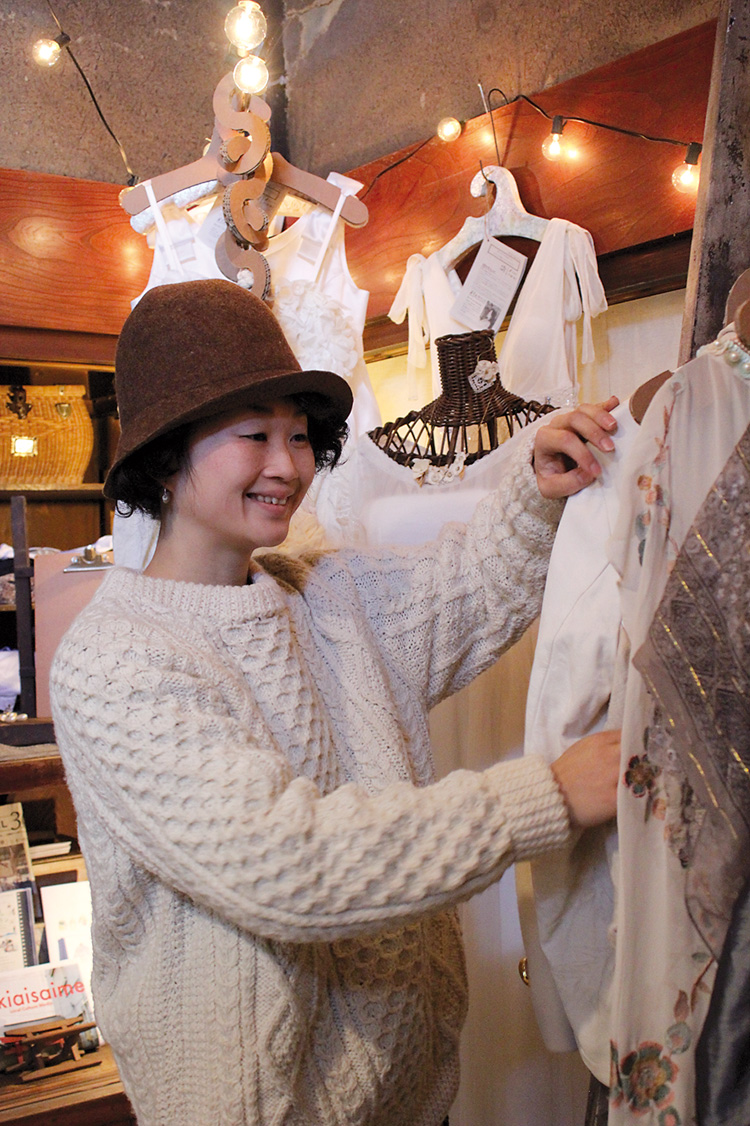
At the age of 29, Sasaki Mai has discovered a sense of purpose thanks to her clothes shop, which helps her weave connections. The […]
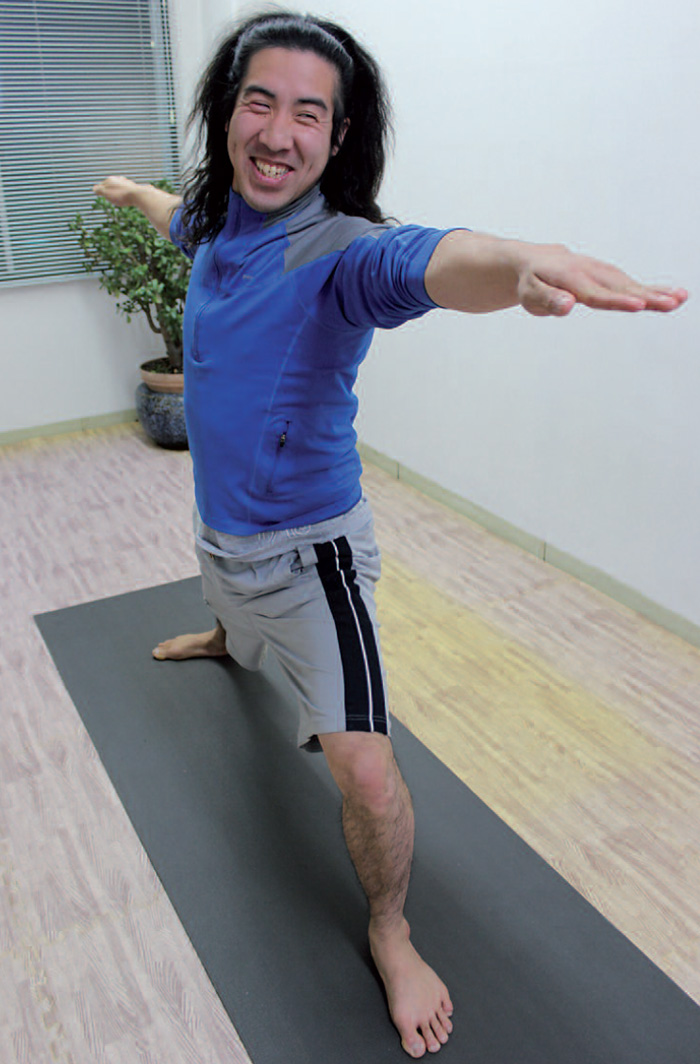
After coming to live in Ishinomaki in April 2011, Iwata Shota has helped in the city’s recovery in many ways. Since the earthquake in […]
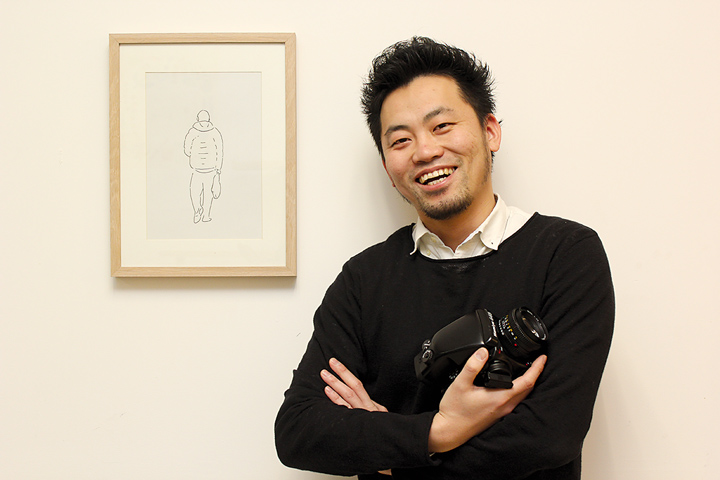
Since December 2011, Masuda Hirofumi’s mission has been to photograph daily life. The small glass studio in a street in the heart of Ishinomaki […]
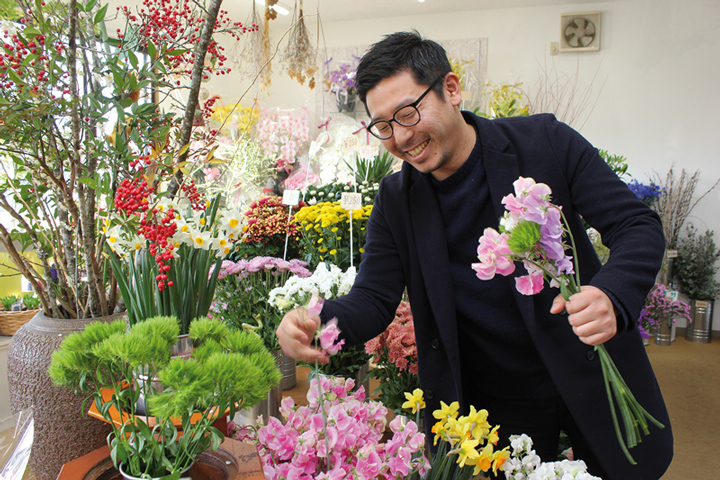
Unenthusiastic about taking over his parents’ shop, young Oka Yasufumi nevertheless became a florist. Since the disastrous earthquake of 11 March 2011, the region of […]

After five years of work, the town’s students have put the final touches to a document for future generations. Six years have past since the […]

To revive their tourist industries, some local councils have enlisted the help of the game Pokemon GO – with mixed results. Last year, from the […]
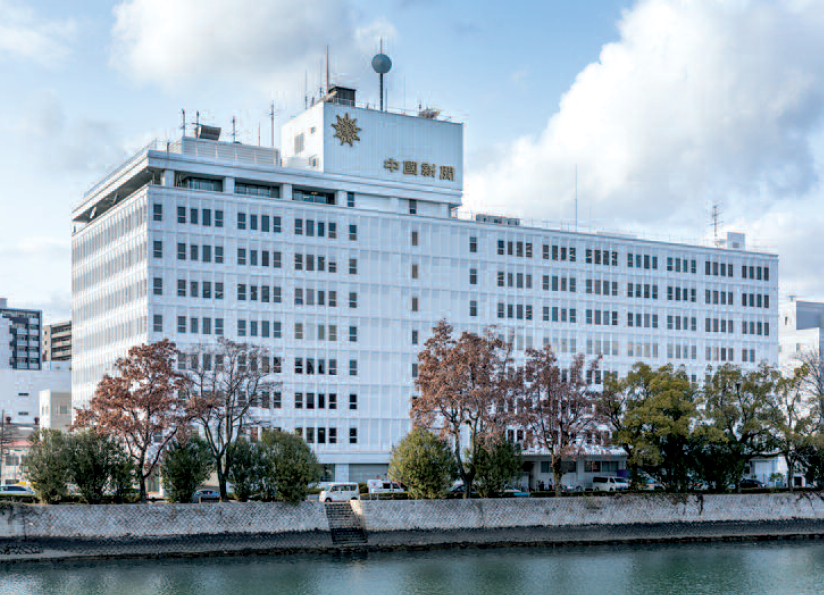
For 125 years the Chugoku Shimbun has served the population, with whom they’ve shared both the good times and the bad. If there’s one word […]
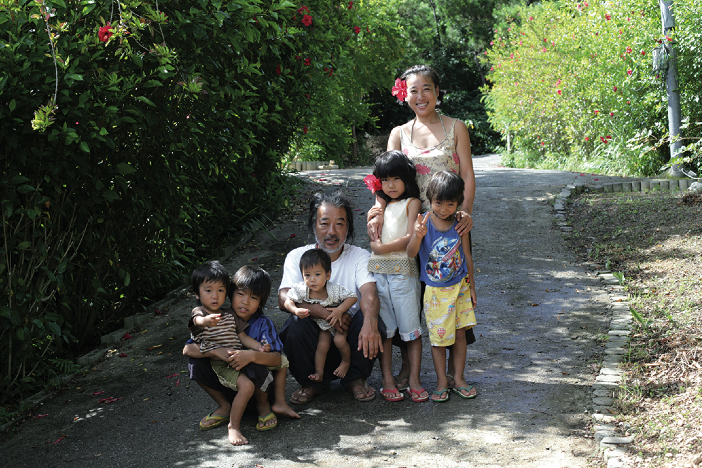
For many years, residents have opposed the American bases and their expansion here. All their attempts have been in vain so far. As a Buddhist […]
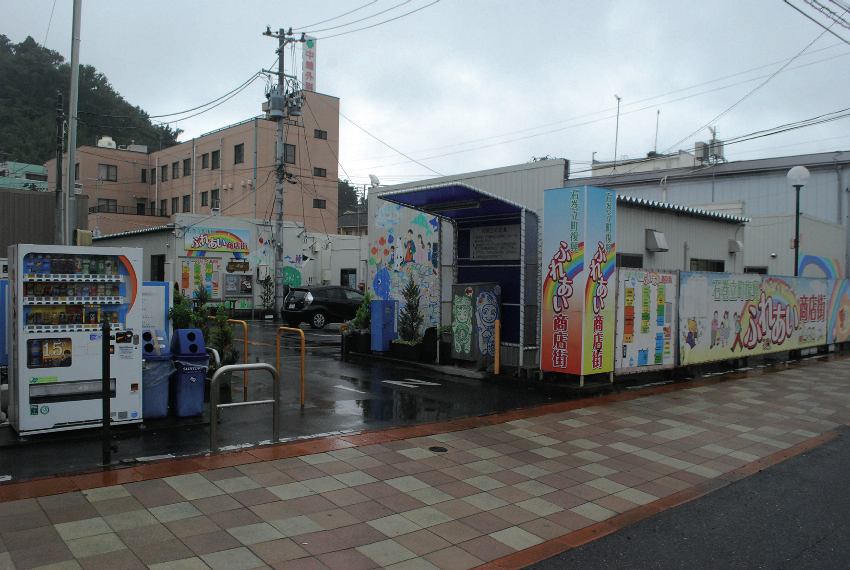
The closure of a shopping centre built in the aftermath of the 2011 disaster signals the start of a new chapter for Ishinomaki. In late […]
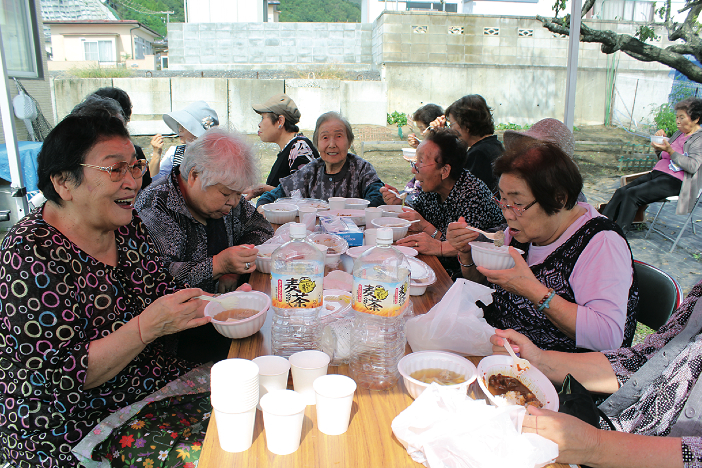
After more than five years of loyal good service, this community café has closed. It is time to pay it a fitting tribute. The end […]
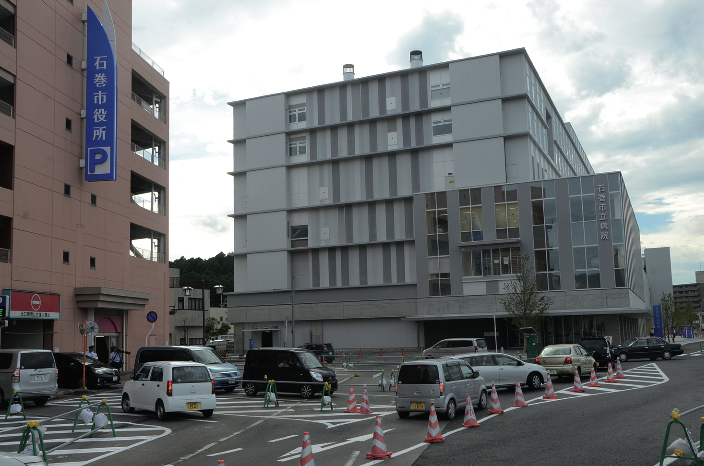
Five years after its destruction, a hospital has reopened its doors in the heart of a port city. The Ishinomaki Municipal Hospital located in the […]
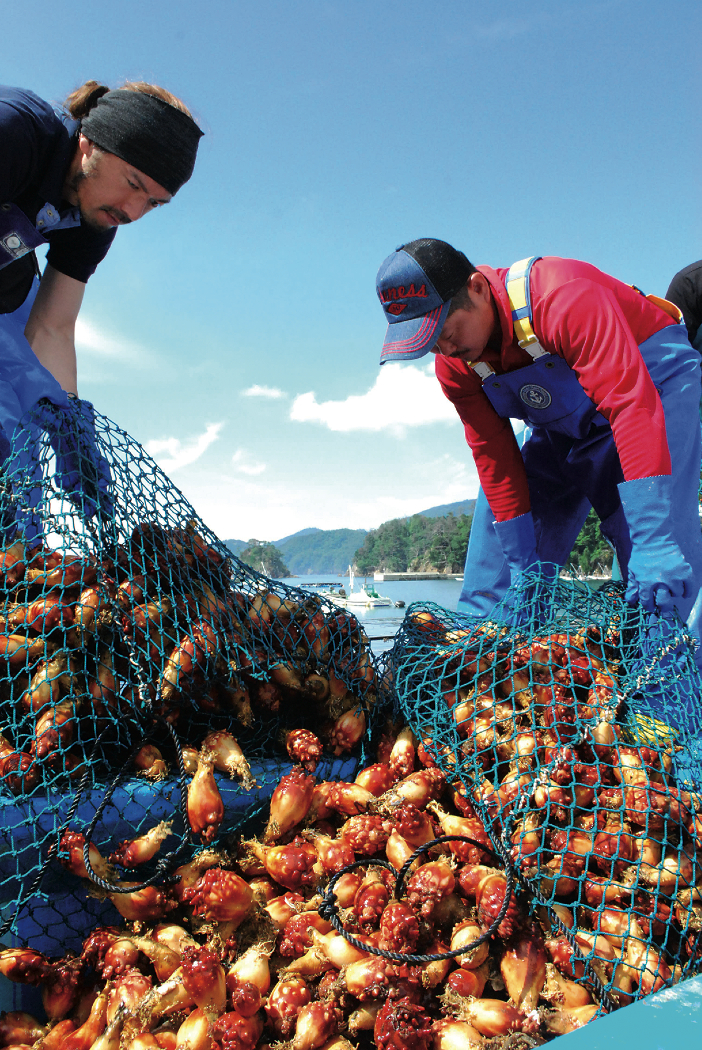
Despite concerted attempts to revive production, the fishing industry still faces setbacks. Rich in minerals, sea squirts, or ‘sea pineapples’ as they are called in […]
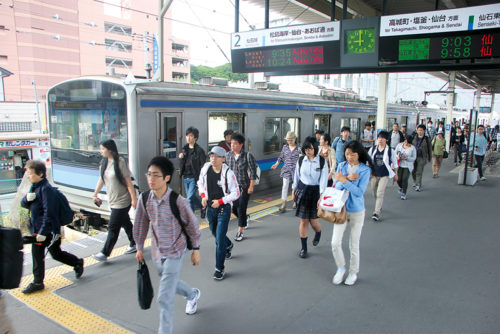
A year after service resumed on the Senseki line between Sendai and Ishinomaki, the revival of the area is now in full swing. The 2011 […]
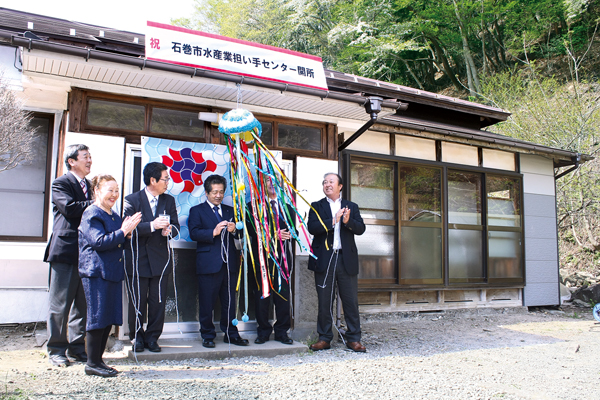
The municipality is trying to encourage more young people to take up careers in fishing. In Japan there is a serious lack of people wanting […]
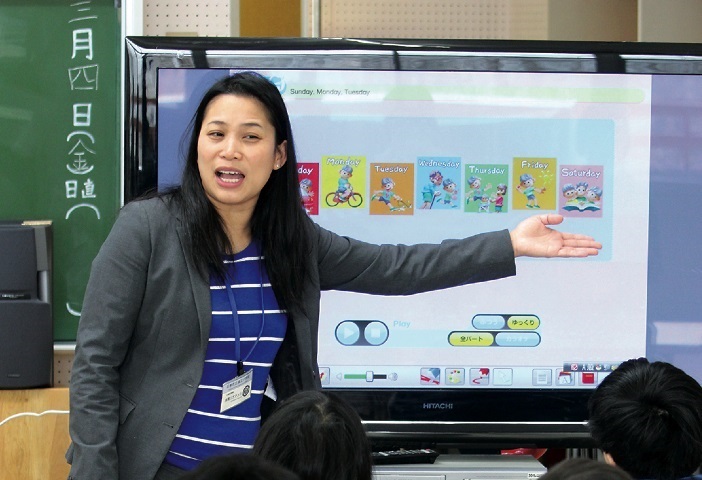
No less than 32 nationalities live in Ishinomaki. This presents a great opportunity if the city knows how to take advantage of it. After the […]
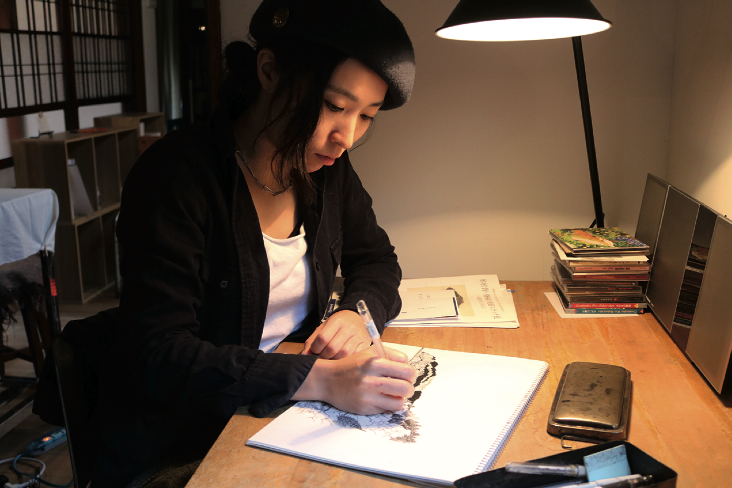
After attempting to start a new life elsewhere, many are returning to their hometowns to take part in their renewal. In the region around Ishinomaki, […]
Copyright © 2025 | WordPress Theme by MH Themes